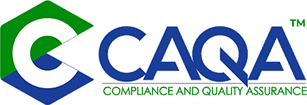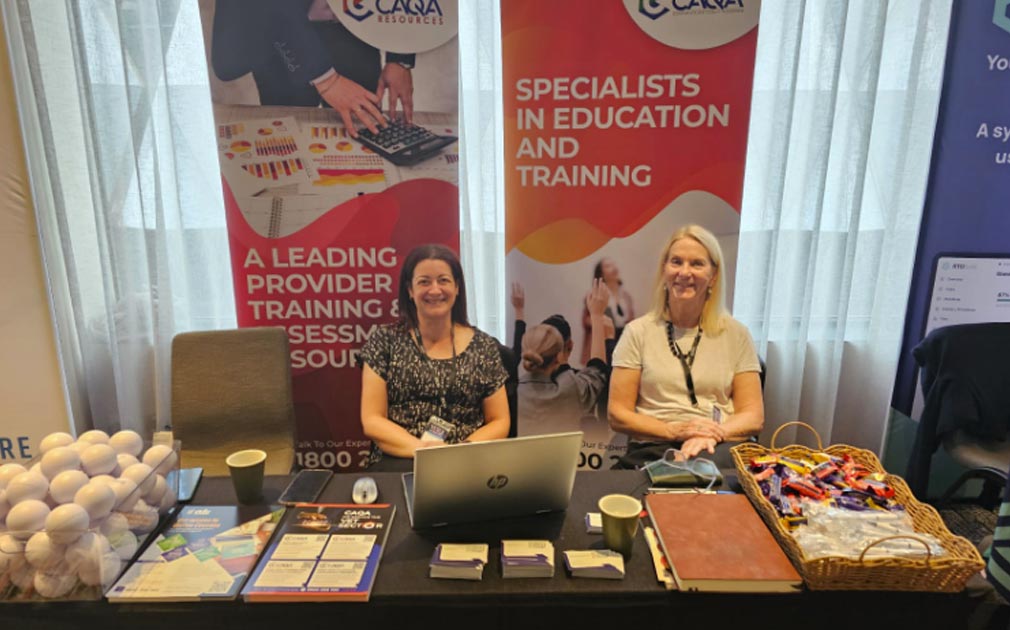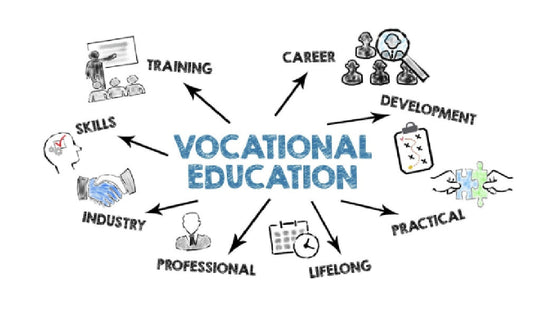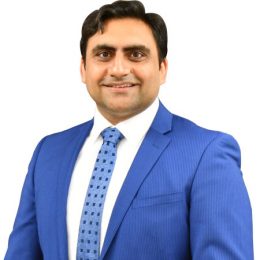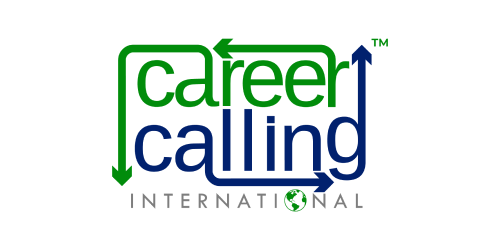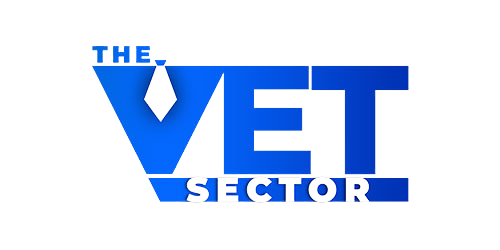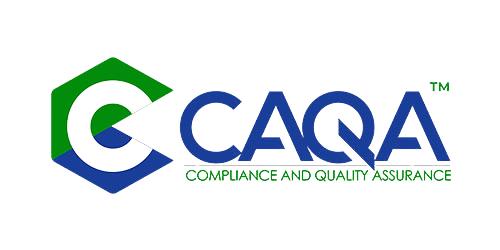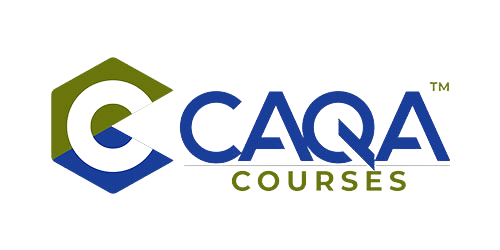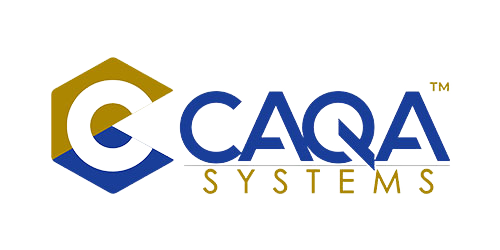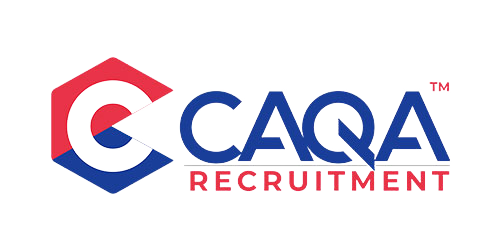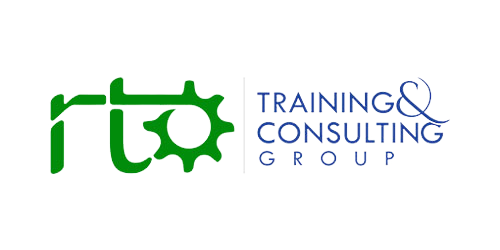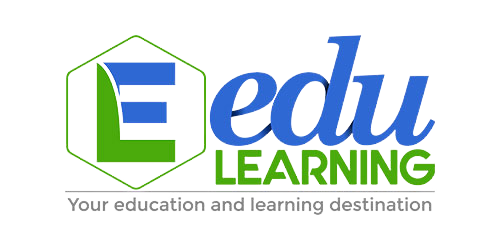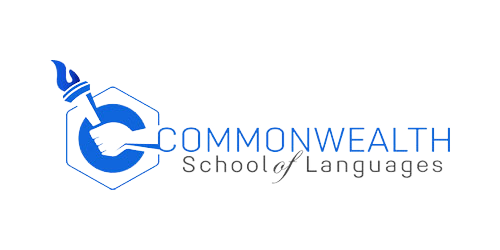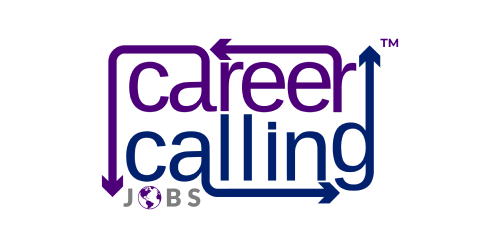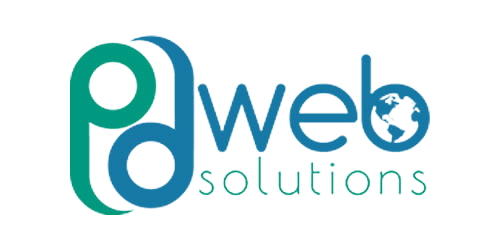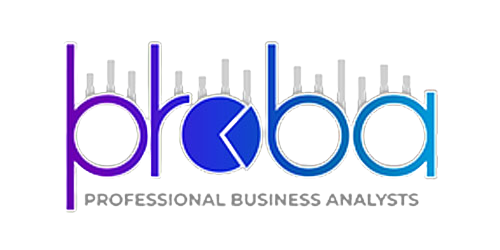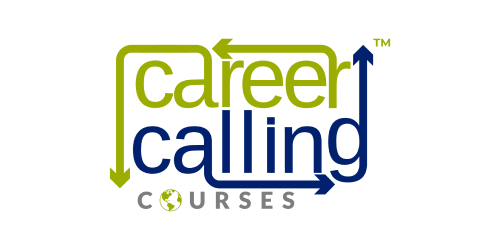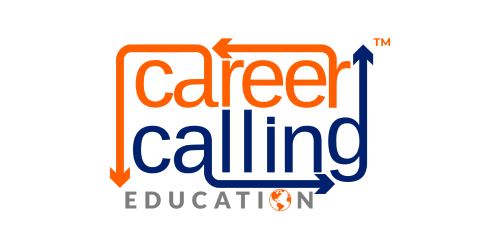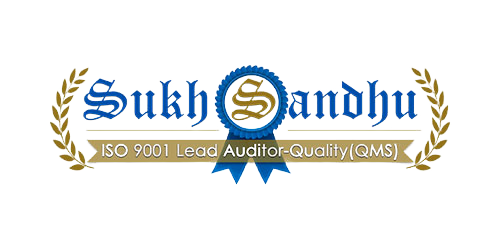The landscape of Australia's vocational education and training (VET) sector is undergoing a profound transformation, driven by technological innovation, evolving workforce demands, and significant regulatory changes. The 2025 VET Quality & Innovation Summit, held on March 26 in Melbourne, served as a critical platform for stakeholders across the sector to engage with these changes and chart a course for the future of vocational education in Australia. With nearly 400 industry professionals in attendance, the summit brought together an impressive coalition of regulators, education providers, industry representatives, and technology innovators, all united by a shared commitment to enhancing the quality and relevance of vocational education.
As Australia navigates complex workforce challenges and embraces the opportunities presented by emerging technologies, events like the VET Quality & Innovation Summit take on even greater significance. This year's gathering arrived at a particularly pivotal moment for the sector, with revised Standards for Registered Training Organisations (RTOs) set to come into effect on July 1, 2025. Against this backdrop of regulatory evolution, the summit offered timely insights into compliance strategies, technological innovation, and workforce development—themes that will shape the VET sector's trajectory in the years ahead.
The summit's success can be attributed in large part to its diverse program, which featured keynote presentations from leading figures in the field, interactive panel discussions, and specialised streams that allowed participants to delve deeply into areas of particular interest. For organisations like CAQA (Compliance and Quality Assurance), which had a prominent presence at the event both as an exhibitor and through the participation of Director Sukh Sandhu as a panellist, the summit represented an invaluable opportunity to contribute to sector-wide conversations while showcasing innovative solutions to contemporary challenges.
The Australian Skills Quality Authority (ASQA) and Jobs and Skills Australia (JSA) were well-represented at the summit, with officials from these key regulatory bodies providing attendees with clarity on upcoming changes and strategic priorities. Their participation underscored the collaborative approach that will be essential for successfully implementing regulatory reforms while maintaining a focus on educational quality and workforce readiness.
From the moment attendees gathered at the Melbourne venue, there was a palpable sense of enthusiasm and purpose. After navigating years of disruption and adaptation following the global pandemic, the VET sector has emerged with renewed vigor and a clearer understanding of its crucial role in Australia's economic resilience. The 2025 summit captured this energy, providing a forum where fresh ideas could flourish and where practitioners could share insights drawn from their diverse experiences across different regions and specialisations.
The Compliance and Quality Assurance (CAQA) organisation was well-represented at the industry summit, with several key leadership figures in attendance. The delegation was led by Michelle Newman, who serves as the Chief Executive Officer and brings extensive experience in regulatory compliance to her role. Accompanying her was Anna Haranas, who previously held the position of General Manager at CAQA and now continues to provide valuable insights as an external consultant working closely with the organisation on strategic initiatives.
The CAQA team also included Stuart Newman, who currently holds the position of National Sales and Account Manager and is responsible for developing client relationships across the country while ensuring service delivery meets the highest standards. Rounding out the delegation was Sukh Sandhu, who serves as the Executive Director and oversees the operational aspects of the organisation's compliance frameworks. Together, these four senior representatives participated in various discussions, networking events, and presentations throughout the summit, strengthening CAQA's industry presence and gathering valuable insights to bring back to their teams.
For many participants, the summit represented a unique opportunity to step back from the day-to-day demands of their roles and engage in broader strategic thinking about the future of vocational education. The insights gleaned from the various sessions will undoubtedly inform organisational planning and practice in the months ahead, as providers prepare for the implementation of the revised standards and embrace innovative approaches to training delivery.
The regulatory landscape for Australia's VET sector is undergoing significant evolution, with the revised Standards for RTOs representing the most substantial change in recent years. Kai Rottmann's session on ASQA's engagement plan and regulatory priorities was therefore one of the most anticipated presentations of the day. Kai provided valuable insights into how ASQA will approach the implementation of the new standards, emphasising the regulator's commitment to supporting providers through the transition period.
Central to ASQA's approach is the concept of self-assurance—a framework that encourages training providers to take proactive responsibility for quality and compliance rather than viewing regulation as simply a matter of external oversight. This philosophy aligns with contemporary approaches to quality management across various sectors, recognising that meaningful quality assurance must be embedded within organisational culture rather than imposed from outside.
For RTOs preparing for the July 2025 implementation date, Kai’s presentation offered practical guidance on how to align internal systems and processes with the revised standards. He emphasised that ASQA will provide additional resources and support tools in the coming months, helping providers navigate the transition period with greater confidence. This collaborative approach to regulation was widely welcomed by summit attendees, many of whom had expressed concerns about the potential complexity of adapting to new compliance requirements.
The panel discussion featuring Sukh Sandhu alongside other industry experts provided further clarity on implementation strategies for the revised standards. Drawing on CAQA's extensive experience in supporting RTOs with compliance challenges, Sukh offered practical insights into how organisations can approach the transition process systematically. He emphasised the importance of conducting thorough gap analyses to identify areas requiring attention, coupled with targeted staff training to ensure all team members understand their responsibilities under the new framework.
A key message that emerged from these regulatory discussions was that compliance should not be viewed as an end in itself but rather as an enabler of quality. When compliance systems are effectively integrated into organisational processes, they can enhance rather than hinder innovation and educational excellence. This perspective represents a maturation of the sector's approach to regulation, moving beyond tick-box compliance towards a more nuanced understanding of how regulatory frameworks can support continuous improvement.
Technological innovation emerged as another dominant theme throughout the summit, with particular attention given to the transformative potential of artificial intelligence (AI) and virtual reality (VR) in vocational education. Several sessions showcased practical applications of these technologies, demonstrating how they can enhance learning experiences and improve educational outcomes across diverse fields of study.
VR technology, for instance, was highlighted as a powerful tool for creating immersive learning environments that simulate real-world scenarios. In healthcare training, VR applications allow students to practice complex procedures in a risk-free virtual environment before working with actual patients. Similarly, in trades like construction and manufacturing, VR simulations can provide hands-on experience with equipment and processes that might otherwise be inaccessible in traditional classroom settings. These applications not only enhance skill development but also improve safety outcomes by allowing learners to make and learn from mistakes without real-world consequences.
AI's potential contributions to vocational education extend beyond the classroom to encompass administrative processes, content development, and personalised learning pathways. Summit presenters demonstrated AI tools that can assist in generating customised learning materials, automating routine assessment tasks, and providing real-time feedback to students. For busy educators, these technologies offer the promise of reducing administrative burdens, allowing more time for meaningful interaction with learners and focused attention on educational quality.
One particularly innovative application showcased at the summit involved AI-powered virtual tutors capable of providing students with individualised support outside regular class hours. These systems can answer common questions, guide students through difficult concepts, and identify areas where additional instruction may be needed. While presenters were careful to emphasise that such tools complement rather than replace human educators, the potential to extend learning support beyond traditional boundaries represents an exciting frontier for vocational education.
For many RTOs, however, implementing these technologies presents significant challenges related to cost, technical expertise, and integration with existing systems. Panel discussions acknowledged these hurdles while offering practical strategies for organisations at different stages of technological maturity. Speakers suggested starting with small-scale pilot projects, seeking partnerships with technology providers, and leveraging industry connections to access specialised equipment and software. This pragmatic approach recognised that innovation must be sustainable and aligned with organisational capabilities to yield meaningful benefits.
Workforce transformation and the evolving nature of skills requirements formed another central theme of the summit. Megan Lilly's keynote presentation on behalf of Jobs and Skills Australia provided a data-driven analysis of labour market trends and future workforce needs. Her insights highlighted the increasing importance of adaptability, digital literacy, and cross-disciplinary capabilities across virtually all occupations—trends that have significant implications for vocational education providers.
Megan emphasised that the pace of technological change is reshaping job roles faster than traditional training programs can evolve, creating a growing need for agile, responsive approaches to curriculum development. She advocated for closer collaboration between industry and education providers, suggesting that co-designed learning experiences can better prepare students for workplace realities while ensuring training remains relevant to current industry practices.
This theme of industry-education partnership was echoed throughout other sessions, with several speakers highlighting successful models of collaboration. These included industry-embedded learning programs, where students divide their time between classroom instruction and workplace application; advisory committees that bring industry representatives into curriculum planning processes; and mentorship arrangements that connect students with experienced professionals in their chosen fields.
For CAQA and other organisations supporting the VET sector, these discussions underscored the importance of helping training providers build and maintain robust industry connections. Compliance frameworks that facilitate rather than hinder such partnerships will be essential for fostering an agile, responsive vocational education system capable of meeting Australia's evolving workforce needs.
The summit's focus on workforce development also highlighted the growing importance of micro-credentials and modular learning pathways. These shorter, more targeted training options allow learners to acquire specific skills in response to immediate workplace demands or to gradually build towards comprehensive qualifications while maintaining employment. Speakers noted that effective quality assurance for these emerging models requires regulatory frameworks that can accommodate innovative delivery methods while maintaining rigorous standards for assessment and certification.
Throughout the summit, networking opportunities provided attendees with valuable chances to connect with peers, regulators, and industry representatives. These informal interactions often yield insights as valuable as those gained from formal presentations, allowing participants to discuss common challenges, share successful strategies, and build professional relationships that extend beyond the event itself.
For CAQA, the summit represented an opportunity to showcase comprehensive services designed to support RTOs in navigating regulatory complexities while maintaining high standards of educational quality. The organisation's exhibition booth attracted significant interest from providers seeking guidance on preparing for the revised standards, implementing effective self-assurance systems, and integrating compliance processes with innovative teaching methodologies.
CAQA's participation as both an exhibitor and through Sukh Sandhu's role as a panellist exemplifies the multifaceted engagement that makes events like this summit so valuable. By contributing expertise while also listening attentively to the concerns and experiences of others in the sector, organisations can participate in a genuine exchange of ideas that enriches collective understanding and drives positive change.
Several key insights emerged from the summit that will likely shape strategic priorities across the VET sector in the coming months. First among these is the recognition that adaptability represents perhaps the most crucial capability for training providers navigating a rapidly evolving landscape. Organisations that can respond nimbly to regulatory changes, technological developments, and shifting industry requirements will be best positioned to thrive amid uncertainty.
Another significant insight relates to the integration of compliance and innovation—two areas often perceived as being in tension with one another. Summit discussions repeatedly emphasised that effective quality assurance systems should facilitate rather than impede innovation, providing clear frameworks within which creative approaches can flourish. This perspective challenges the false dichotomy between regulatory rigor and educational creativity, suggesting instead that thoughtfully designed compliance processes can actually enable more effective innovation by ensuring sound foundational practices.
The summit also highlighted the transformative potential of data analytics for enhancing educational quality and organisational decision-making. Several sessions demonstrated how training providers can use student performance data, completion rates, employment outcomes, and other metrics to identify improvement opportunities and measure the impact of interventions. When combined with qualitative feedback from students, employers, and other stakeholders, these analytical approaches offer powerful tools for continuous improvement.
For organisations like CAQA, these insights inform ongoing efforts to develop services and resources that genuinely meet the needs of training providers. By helping RTOs implement robust data collection and analysis processes, for instance, quality assurance specialists can contribute to evidence-based improvement strategies that enhance educational outcomes while ensuring regulatory compliance.
As the summit concluded, participants departed with a renewed sense of purpose and a clearer vision of the path ahead. The challenges facing Australia's VET sector are substantial, ranging from regulatory complexity to technological disruption to evolving workforce demands. Yet the collaborative spirit and innovative thinking evident throughout the summit suggest that these challenges can be met successfully through collective effort and shared commitment to educational excellence.
Looking ahead, it's clear that events like the VET Quality & Innovation Summit play a vital role in fostering the collaboration and knowledge exchange essential for sector-wide advancement. By bringing diverse stakeholders together in focused conversation, such gatherings create space for the emergence of new ideas and approaches that might not arise in more siloed environments.
For CAQA and other organisations committed to supporting Australia's VET sector, the insights gleaned from this year's summit will inform service development and strategic priorities in the months ahead. As training providers prepare for the implementation of revised standards and embrace innovative approaches to educational delivery, quality assurance specialists must ensure their offerings evolve in tandem with changing needs and expectations.
The 2025 VET Quality & Innovation Summit stands as a testament to the resilience and forward-thinking nature of Australia's vocational education sector. Despite facing significant challenges, the practitioners, regulators, and industry representatives who gathered in Melbourne demonstrated an unwavering commitment to enhancing educational quality and meeting the nation's workforce development needs. Their collective efforts, informed by the insights and connections forged at events like this summit, will shape the future of vocational education in Australia—a future characterised by innovation, inclusivity, and unwavering commitment to educational excellence.
As we reflect on the outcomes of this significant gathering, we extend sincere appreciation to Andrew Shea and his organising team, whose meticulous planning and thoughtful curation created an environment where meaningful dialogue could flourish. We also acknowledge the contributions of all participants, whose engagement and expertise enriched discussions and ensured the summit's success. The collaborative spirit evident throughout the event offers cause for optimism about the VET sector's capacity to navigate challenges and seize opportunities in the dynamic landscape ahead.
